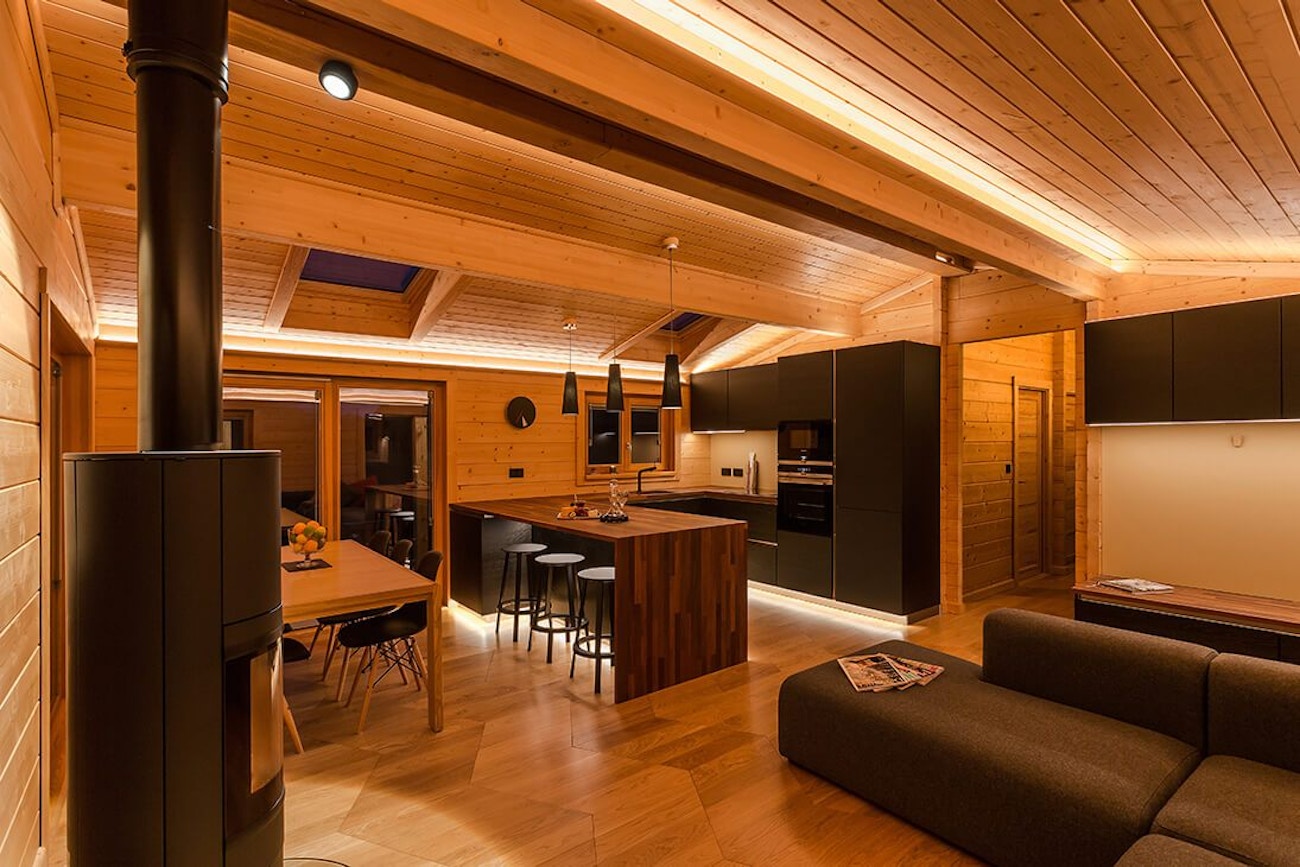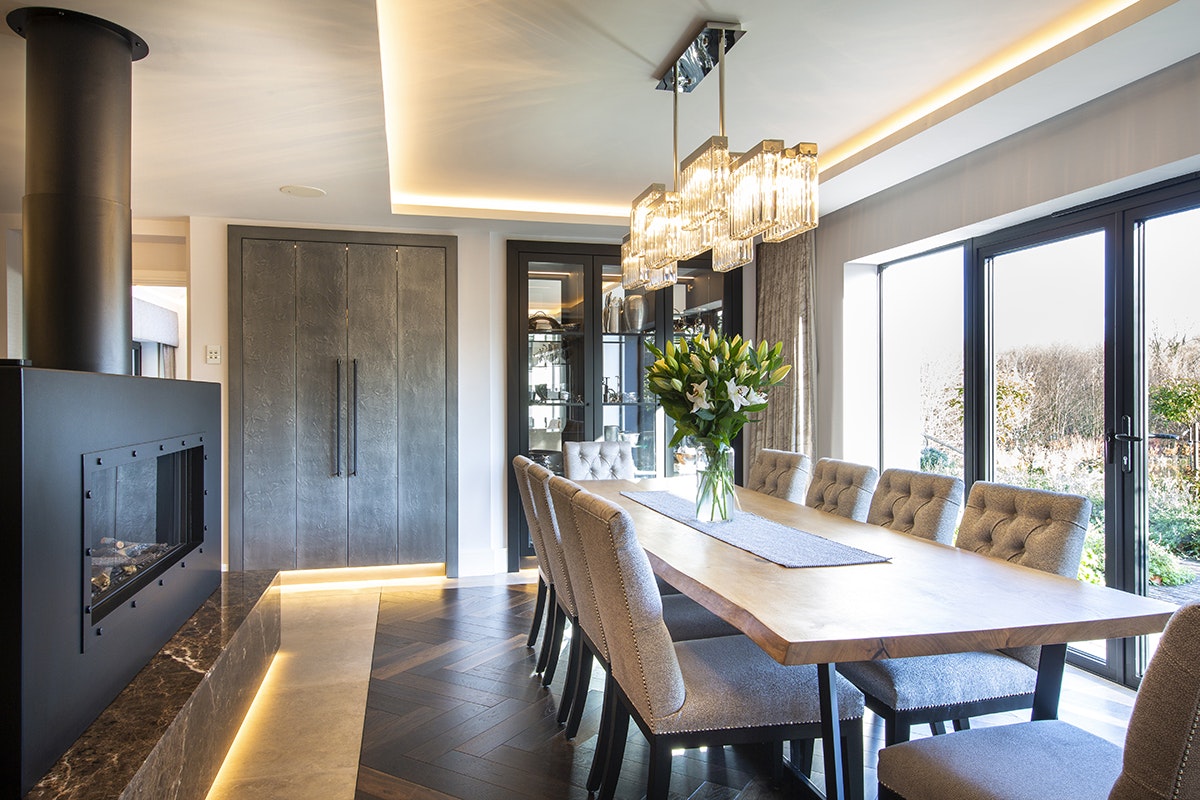
Workplace Lighting and Good Health
Understand how closely linked good lighting is with overall health and what you can do to create the best environment for your employees.
Blog

Author: Bradley Devenish
Thanks to the advances in LED technology, dimmable lights and switches have become a real sought-after feature for many homes and businesses across the world. Used effectively to alter the mood and ambience of a room, dimmable LED lights not only reduce energy consumption, but last longer than conventional lamps too. Great for both your wallet and the environment.
From getting started with dimmable LEDs, to the benefits, and resolving common issues, we cover everything you need to know right here in this article.
There are two main methods of dimming LED lights: Pulse Width Modulation (PWM) and analogue. Let’s explore how these methods differ.
PWM: Unlike traditional lighting such as incandescent, this method of LED dimming doesn’t rely on voltage to influence the level of brightness. Instead, an ‘on and off’ cycle is used. This cycle operates in a matter of milliseconds, so to the naked eye, you won’t actually notice them turning on and off.
For instance, if you have dimmed your lights to 30%, they will cycle ‘on’ for 30% of the time and ‘off’ for the remaining 70%. This creates an optimal dimming effect without having to increase or decrease voltage reaching the light.
Analogue: A more straight forward approach to dimming. Analogue relies on controlling the current to either dim or brighten the lights. Unsurprisingly, lowering the current will dim the lights, and at the opposite end, increasing the current will create a brighter light.

Whether you’re simply looking to save money on energy bills, or want to enhance the atmosphere of your home, there are several advantages to using dimmable LEDs. Here’s what to expect.
Using a dimmer to keep your LEDs lit will increase their lifetime hours. An average LED bulb without dimming capabilities will last around 40,000 hours. By dimming the light using either of the above two methods, you’re essentially extending its Average Rated Life (ARL). For example, if your LED has an L70 rating of 50,000 (meaning 70% of its original output will last for up to 50,000) and you decided to keep this dimmed at 50% its entire life, you could receive 70% of this output for up to 75,000 hours (50% on top of the 50,000).
By lowering, or cutting on and off the flow of electricity to the light lamps, dimmers reduce the overall amount of power bring used, therefore helping you save on energy.
Typically, when using dimmable LEDs, dimmer switches with a twistable knob or sliding switch can be used to effectively control the dimming effect. But with modern technology, remote controls, smart phones, and even your voice can be used to dim certain LED lamps.
Dimmable LEDS can also be integrated with fully automated lighting control systems and programmed to set scenes. This gives you the ability to create your desired atmosphere at a single press of a button.
Lighting is used to set the ambiance of a room – important for how people feel, and even perform tasks within a space. Dimmable LEDs are a great way to provide multiple lighting levels in a room when fixtures are limited. For instance, low level dimming may be preferred for watching a movie, while they can be adjusted to a brighter light when reading later on.

In most cases with technology these days, electrical issues can occur. Unfortunately, dimmable LED lights are no different. Whether you’re experiencing ‘dead areas’ or flickering as you adjust the brightness with your dimmer, here are some common issues with LED lights:
Now that we’ve identified the potential issues with LEDs, let’s take a look at how these can be triggered in the first place.
Like most problems, LED dimming issues can be easily avoided. It’s just a matter of making sure all is set up and installed correctly. To avoid the symptoms mentioned above, be sure to remember these three points:
At Hampshire Light, we have over 20 years’ experience creating detailed lighting schemes using dimmable LEDs and control systems. Using renowned lighting brands such as Lutron, we understand your needs and recommend the best solution for you. If you’d like to discover how we can help create a dimmable lighting scheme for your home or business, contact our expert team today for your complimentary design consultation.
Alternatively, take a look at our blog on the advancement of LED lights for further information on how LEDs are used effectively in lighting design.
Understand how closely linked good lighting is with overall health and what you can do to create the best environment for your employees.
More info
The owner of Somersbury Manor approached Hampshire Light to redesign the lighting scheme throughout the building. As a listed property, there was added complexity in addition to the client’s standard requests. Ultimately, our client wanted warm, unobtrusive light through the building, but it needed to be bat-friendly in accordance with the UK Dark Sky Policy.
More info